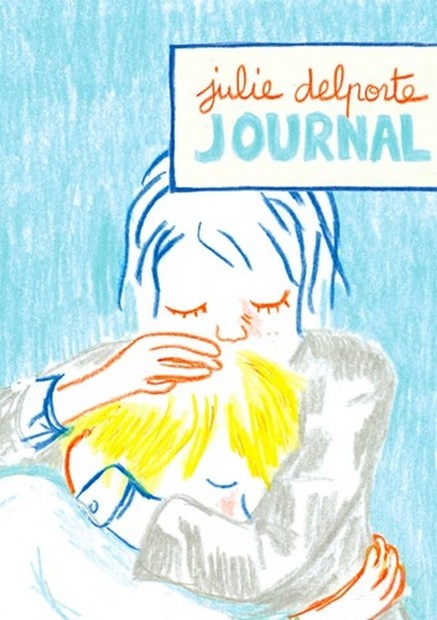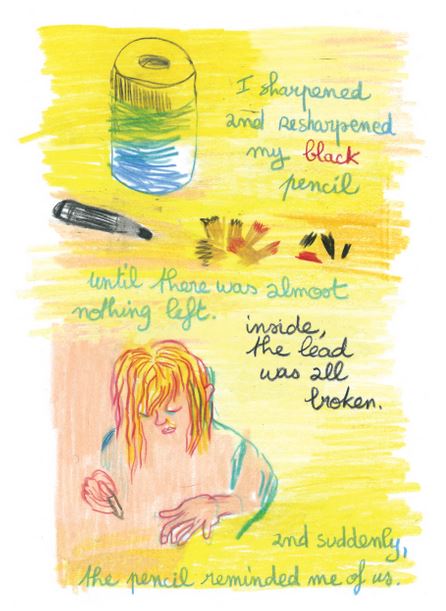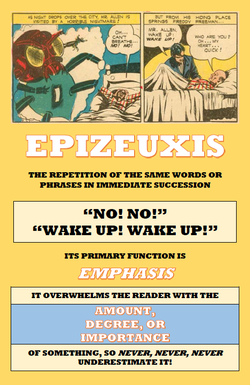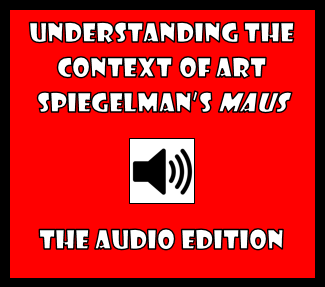|
by Glen Downey, Comics in Education, www.comicsineducation.com Whenever I read a graphic memoir in which travel plays a small but significant role, I'm reminded of Julie Delporte's Journal. I'm reminded of it, I think, because of what Delporte is dealing with when she leaves her native Montreal behind for a semester to attend the Centre for Cartoon Studies in White River Junction, Vermont. Delporte is trying to come to terms with a painful breakup and to this end is charting its course in her journal, so the move brings with it a complex mix of both anxiety and relief. In this way, Journal underscores a profoundly important point about travel, which is that its purpose can sometimes be to work out those things troubling the traveler, rather than simply to be a way to embrace a new experience. It's as though the physical action of travel presents us with an opportunity to pause, to think, to consider, and to avoid us having to feel that we are doing nothing to sort out our own problems. It's remarkable in Journal how often Delporte, despite travelling from Montreal to Vermont, feels compelled to go for a walk in her new environment. Sometimes she can only be creative when she is moving and loses all motivation to draw when she returns home. And so whereas some memoirs show us the importance of what's happening in the place being visited and others show us the importance of why the journey is being undertaken to begin with, books like Journal reveal to us a third category, in which what authors brings with them on their respective journeys is of preeminent importance. For educators reading this post, it strikes me that Delporte's work represents a fascinating approach we might encourage our own students to pursue, especially when it comes to the problems they face in their daily lives. By keeping an ongoing journal in which they write, illustrate, or otherwise represent their struggles, achievements, setbacks, and triumphs, students can construct for themselves a visual biography that shows them, at any given moment, how they are dealing with life's challenges. All thanks to this wonderful little gem by Julie Delporte.
0 Comments
Your comment will be posted after it is approved.
Leave a Reply. |
Glen DowneyDr. Glen Downey is an award-winning children's author, educator, and academic from Oakville, Ontario. He works as a children's writer for Rubicon Publishing, a reviewer for PW Comics World, an editor for the Sequart Organization, and serves as the Chair of English and Drama at The York School in Toronto. If you've found this site useful and would like to donate to Comics in Education, we'd really appreciate the support!
Archives
February 2019
|





 RSS Feed
RSS Feed
